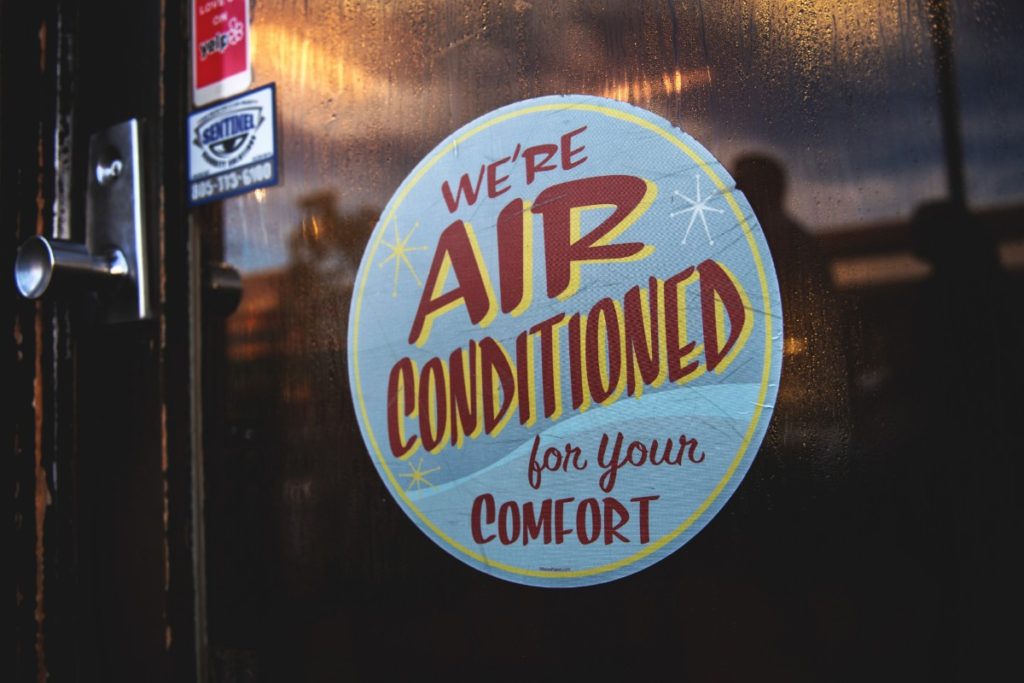It’s estimated that 1.3 billion people on earth suffer from some form of visual impairment, with the potential to negatively affecting their ability to consume online content. The internet of today is highly accessibly to the visually impaired, but unless you’re actively taking steps with them in mind, you could still be limiting your ability to reach them. With a few simple best practices, you can ensure that your posts and pages are not only attention-grabbing, authoritative and well positioned, but also easily accessible to all.
Inclusive Marketing
Inclusive marketing means being conscious of, and structuring content as a result of, the myriad of audiences and perspectives in your marketing endeavors. This is a broad and dynamic field that takes into account any number of factors including gender, age, race, income, disability and more. When it comes to the visually impaired, this of course includes news, products and other content directed at them. But more broadly, it means ensuring a web presence that is easily accessible to them.
Web development best practices
Luckily for us web developers, many of the best practices for creating accessible content for the visually impaired are the same as those that we follow in general.
Alt-Text for images, videos and infographics
Much of the content we consume online is in text, which gives us a good start in making content accessible for the visually impaired. Modern assistive technology like screen readers are powerful tools that help bring the vast wealth of knowledge online to those that need it. Simply writing text is not enough, however, to give users a full and immersive experience.
Alt-text descriptions are attached to visual content to provide a text-based alternative to non-text media. Using alt-text to describe the media on our pages is a long-standing SEO best practice, but they also help boost the accessibility of our content overall. This text is typically displayed when your media cannot be loaded. Alt-texts not only provide search engines with information about the content found on our pages, but they are also used by those who cannot otherwise use the media because of an impairment. When writing alt-text, keep in mind:
- Accuracy is key, both for search crawlers as well as users
- Avoid describing images as images, videos as videos, etc.
- Like with your page content, do not stuff keywords
- Descriptions should be concise and to the point
- If text is found in the image, use that for the alt-text
- Don’t be redundant and repeat what’s found outside the media

Write descriptive and inviting copy for all your potential users
Use Schema Markup Data
Alt-text is not the only way to provide additional textual context for your content. Schema markup is used by search engines and social media sites to improve search results and better display content. While this type of structured data markup can seem intimidating, there’s no need for coding and HTML knowledge when using a modern CMS like WordPress as there are many powerful plugins like Yoast and All-in-One SEO that can help you.
When preparing schema markup data for your content, it’s important to note that there are best practices when it comes to image size, title and description length, and more. Here, there will be an additional focus on creativity as well as content, as an engaging description can boost your CTR and improve your performance on the search engine results page (SERP). Ensuring that your pages have properly structured microdata means that not only will search crawlers be able to identify your content, but also that your social media posts will pop and encourage sharing, and provide further context and accessibility for the visually impaired. Everybody wins!
Accessible URLs, filenames and titles
Accessibility extends to not just your media, but your file structure and names as well. The same is true for SEO optimization. We already know that it’s an SEO best practice to avoid dynamic URLs and use static ones where possible:
www.husaria-marketing.com/867/?post=5309
vs.
www.husaria-marketing.com/tommy-tutone-calls-jenny
Like with alt-text and schema markup, your URLs and filenames play an important role in the ability of a search crawler to index your page to identify the content of your site, and they also help further improve accessibility for the visually impaired. URLs and filenames should describe the content that one would expect to find if they opened them, and are also a great place to put relevant keywords. Not only that, but a human-readable URL is also much more trustworthy than a series of alphanumeric characters, or even a link from a URL shortener.
SEO best practices are visually impaired marketing best practices
While the idea of building a website or creating content with a focus on accessibility for the visually impaired may seem like an additional burden on the already busy lives of web developers and content creators, there really is nothing to worry about. With over a billion people suffering from some form of visual impairment, it would be a terrible business decision to limit your reach to such a huge market. Besides, if you think of a search crawler, it too is visually impaired, and the SEO principles we promote for making a website easily crawlable are the same as those to making it accessible. When building your pages and writing content, keep in mind the needs of the visually impaired and you’ll not only produce more accessible and user-friendly content, but SEO optimized as well!



